World 🢖 Europe 🢖 Latvia 🢖 Kurzeme
Megaliths 🢔 Archaeological wonders 🢔 Categories of wonders
Wonder
Ķintu Aka
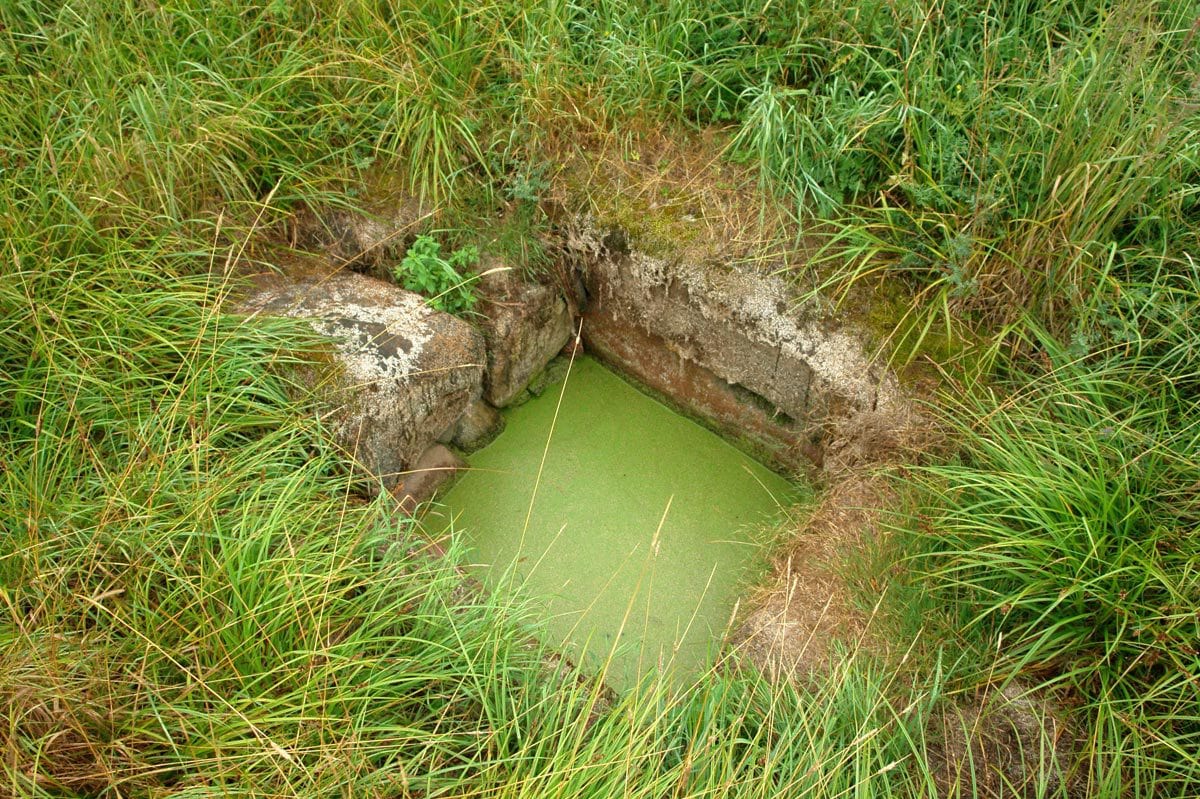
 In short
In short
Although little known internationally, there are megalithic monuments in Latvia. One of the most mysterious and unusual ones is Ķintu Aka – Kinti Well.
40.8 %
GPS coordinates
Location, address
Age
Map of the site
If you see this after your page is loaded completely, leafletJS files are missing.
 In detail
In detail
Well made of stones
Ķintu Aka represents a sunken well made of large, rectangular stone slabs. Stone slabs are processed with great precision and they form an exact square where each side is 1.25 m long. Volume of each of these stones is 0.4 – 0.7 m3. The largest stones are located above and are visible – their size is 1.93 x 0.74 x 0.47 m and 1.55 x 1 x 0.27 m and each weighs approximately one ton. Deeper the stones become smaller but at the base, at several meters depth they are enormous again.
Well is filled with stagnant water – it certainly does not serve its purpose now.
Information about megalithic village
Enthusiast of local history, pastor Karl Friedrich Vatson (1777 – 1826), based on the narrative of Cirava pastor Johann Kristian Wolter (1773 – 1858), gave an exciting report in 1819:
Earlier (in the 19th century?) the Ķinti farmstead and subsidiary buildings were built of giant stone slabs. Especially impressive was the enclosure around the field – it was a wall of upright stone slabs, up to 2.4 m tall and 387 steps long.
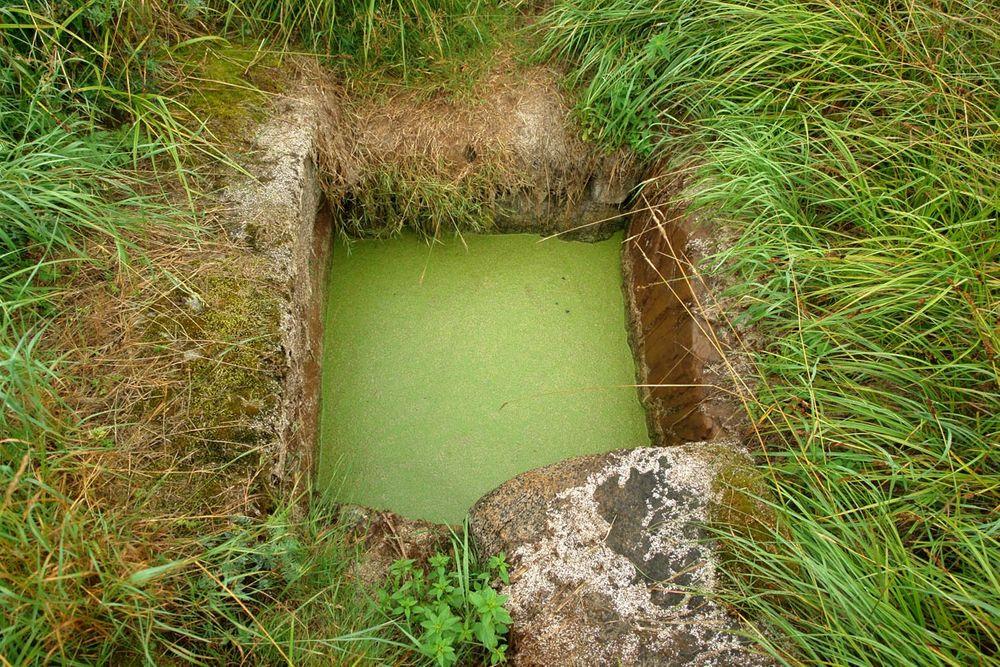
Locals told stories about mythical muscleman – wizard Ķinte – living in this farmstead with his white mare.
Unfortunately this unique house was demolished in the 19th century and stone slabs were used for construction elsewhere.
Excavations
Research at the site in 1975 (Juris Urtāns) did not provide much information. With the crane there were lifted six fallen slabs from the well, well was cleaned but there was not found anything of importance. There were found processed stone slabs in vicinities, also alignments of smaller stones.
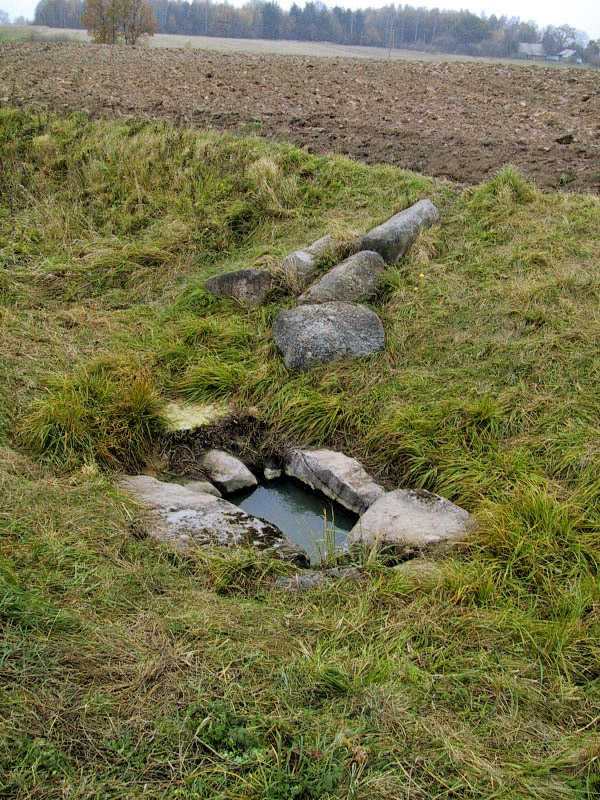
Ķinti farmstead certainly has been inhabited for centuries – there were found artifacts from the 17th – 19th century, indications of metal processing – a layer of slag.
It is not known when Ķintu Aka was made and who made it. Experience from Western Europe shows that local stories about fairly recent construction of megalithic structures often have been erroneous and megaliths are older than the locals were thinking.
References
- Urtāns, Juris. Ķintu aka. Dabas un vēstures kalendārs’1978, 299.lpp.
 Linked articles
Linked articles
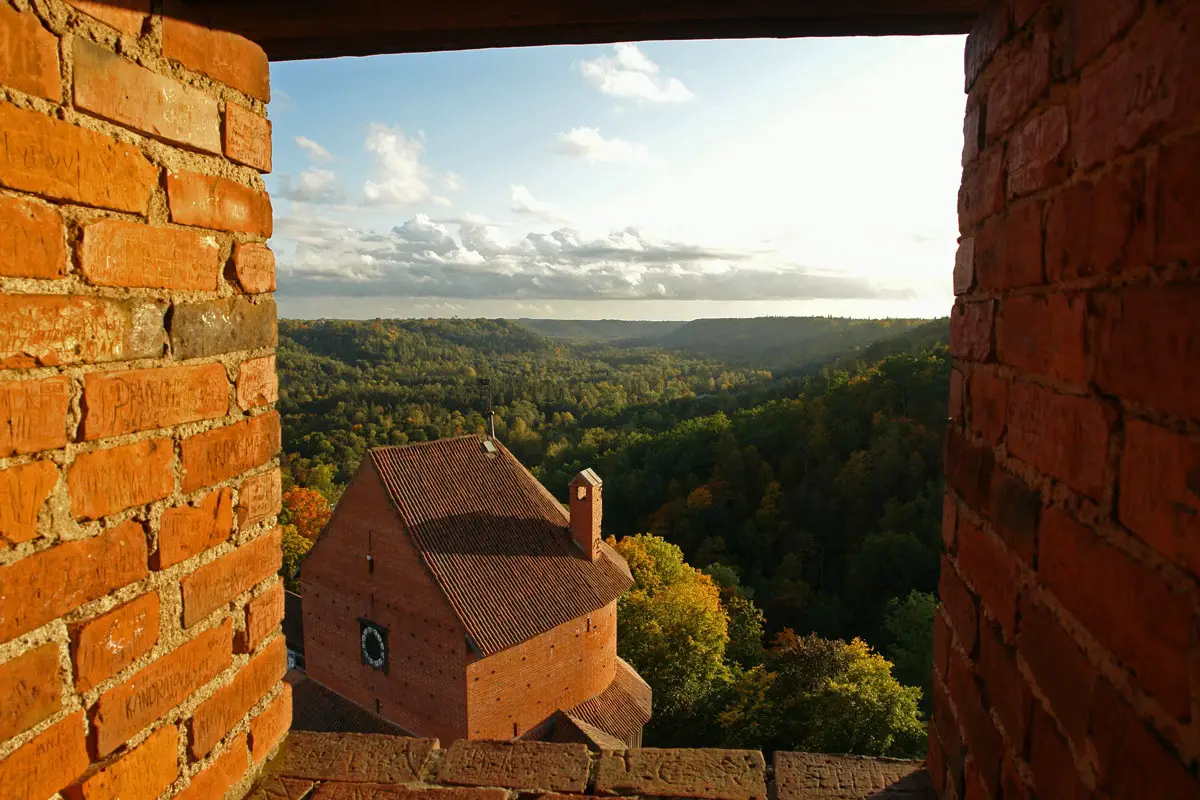
Wonders of Latvia
Highlights of Latvia are the rich architectural heritage in Riga City, numerous palaces, country houses, and castles.
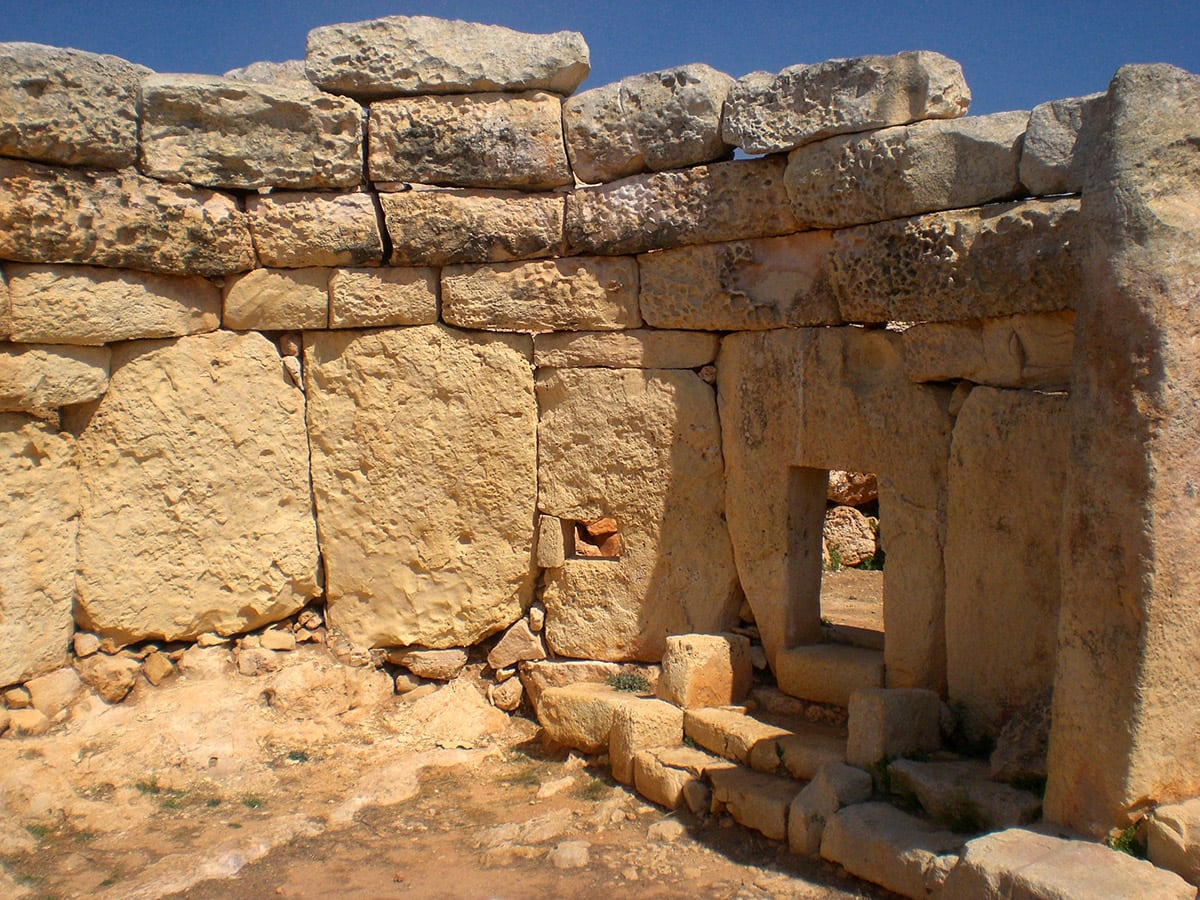
Megaliths
One of the most fascinating groups of archaeological monuments are prehistoric structures made of stones – megaliths. Through the ages, people have loved to strain their minds to find a sensible explanation for the many riddles posed by megaliths.
Even today, we can admit with some pleasure, there are thousands of mysteries left for us.

Wonders of Europe
The heritage of Europe is diverse and endlessly interesting. Incomparably rich is the wealth of European historical architecture, but this part of the world has exciting natural heritage and archaeological heritage as well.
 Recommended books
Recommended books
Stars, Stones and Scholars: The Decipherment of the Megaliths as an Ancient Survey of the Earth by Astronomy
In a thought-provoking analysis of prehistoric art, astronomy, archaeology, and the history of civilization, Stars, Stones, and Scholars presents the decipherment of the megaliths (standing stones) by Andis Kaulins, Lecturer at the University of Trier in Germany. Stars, Stones, and Scholars show that ancient megalithic sites are remnants of ancient local, regional, and worldwide Neolithic surveys of the Earth by astronomy.
Wonder Tales from Baltic Wizards
The book contains interesting pagan myths of Nordic Europe and the Baltic with several tales about each group of people: the Sami or “Lapps”, the Finns, the Estonians, the Latvians, and the Lithuanians.


